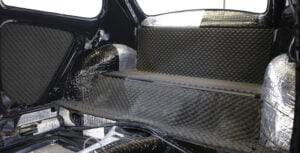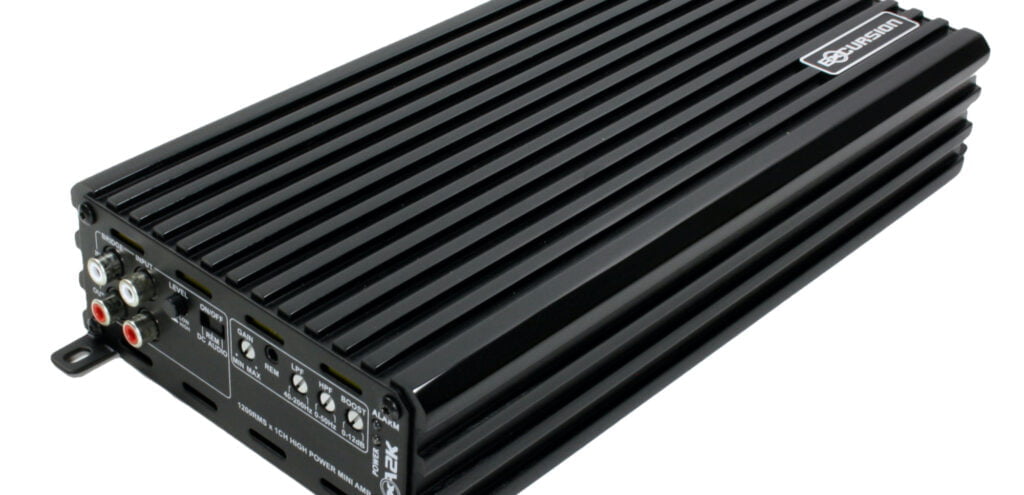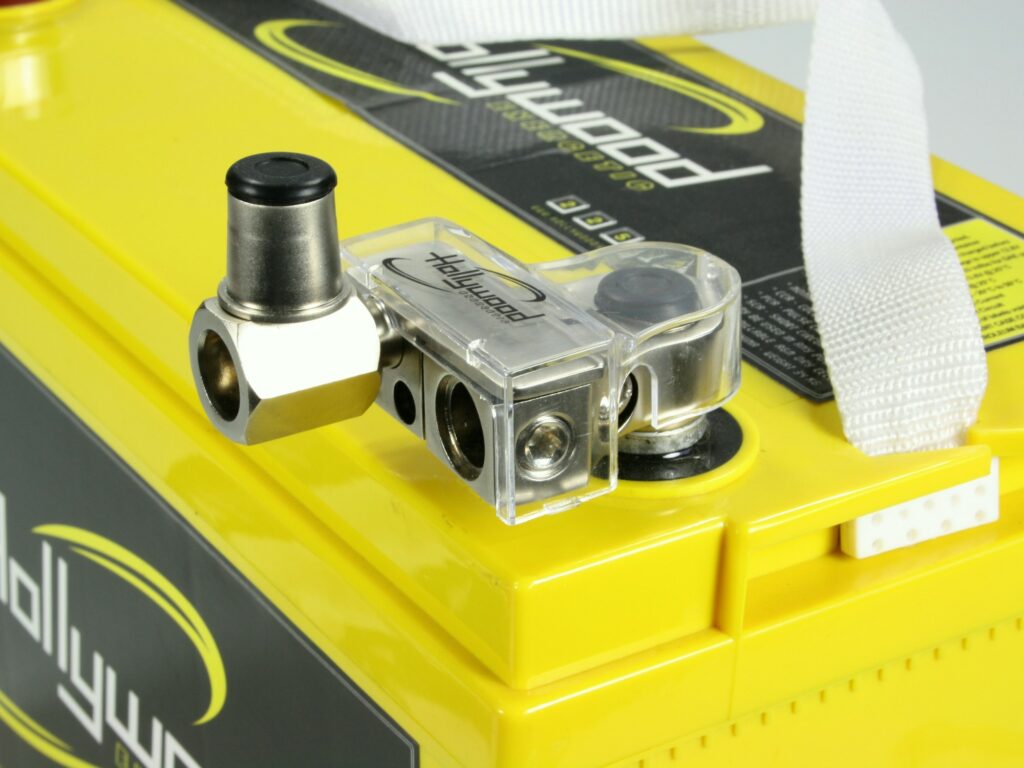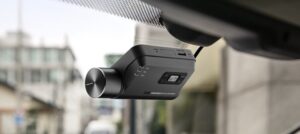Noise isolation theory

One of the main activities in the soundproofing of a car is traditionally gluing vibration-absorbing materials onto body parts. This leads to a decrease in the amplitude of vibrations of metal surfaces and, as a result, a significant decrease in secondary noise. That is, those that are born by the body itself.
For the purpose of automotive vibration isolation, a fairly significant range of polymeric (mainly bituminous) materials is produced, and the work itself is well known to any practicing car-audio installer. It is generally accepted that there is nothing complicated in this kind of work, and to achieve a good result, it is enough to follow the minimum recommendations of the material manufacturer. This is partly true, at least following traditional recipes has not disappointed anyone much yet. But it should be borne in mind that the manufacturer’s recommendations are just a diagram, a simplified model, designed specifically for thoughtlessly mechanical use. If you give yourself the trouble to understand the mechanism of action of vibration-isolating materials, then you can achieve a much greater effect. The following recommendations are just designed to expand the horizons of installers in order to achieve results with minimal effort.
Let’s start with some terminological clarity. Most installers and those who sympathize with them use the term “vibration isolation”, referring to gluing damping materials to metal. It is more correct to call it vibration absorption (or vibration damping), since vibration isolation is something completely different. In the latter case, the key to understanding part of the word will be “isolation”, that is, the decoupling of something from something. In mechanics, vibration isolation is a measure to reduce the dynamic forces transmitted from a vibroactive system to another, protected from vibrations. A classic example is decoupling a vibration-loaded engine from a body or chassis by means of rubber or hydraulic mounts (pillows). Or fastening suspension parts through elastic elements (silent blocks). In these cases, vibration isolation (partial) is really carried out with a corresponding decrease in the structural component of the overall noise picture. Vibration absorption, in fact, is a purposeful increase in the loss of vibrational energy of a mechanical system, which occurs when damping materials are glued.
So, vibration absorption. The essence of the process is the conversion of acoustic (oscillatory) energy into thermal energy with its subsequent dissipation. Such a transformation occurs due to mechanical deformations of the elastic layer, resulting from the difference in the physical and mechanical characteristics of the base and the damper. First of all, in terms of density and dynamic modulus of elasticity. For damping, materials with maximum internal losses are selected, and their ability to absorb vibration is characterized by a loss factor.
Mechanical deformations in the damper can be reduced to tensile-compressive (volumetric) deformations in the longitudinal and transverse directions and shear (planar). (Many in these words will remember the school physics course, in particular, Hooke’s law). This is the basis for the classification of vibration damping materials (VDM), which are usually subdivided according to the type of mechanical deformation. We will not now describe all of their existing varieties, we only note that automotive VDMs are often combined, that is, they combine two or more types of deformations. So a homogeneous bituminous material works due to volumetric deformation, but the same material, covered with aluminum foil or a thick polymer film, also adds shear deformations (which occur at the interface). The multilayer material realizes all kinds of deformations.
The temperature range is a thing in itself. The vast majority of VDMs are optimized for operation at room (20 degrees Celsius) temperature, and their characteristics are also valid for it. But sometimes even a not very significant temperature deviation in one direction or another completely destroys the benevolent picture. But the operation of the car strictly at 20 degrees is impossible …
The damping layer combined from two or three materials with different properties will have the widest operating temperature range. It is easy to see that by expanding the operating temperature range of the vibration-absorbing layer by the proposed method, we will inevitably increase the main parameter, the loss coefficient. With a three-layer design, metal panels from ringing and echoing turn into a kind of loaf of bread, no matter how you knock, you won’t knock out anything. For the needs of caraudio, that’s it, especially if the speakers are in the door. But an increase in the thickness of the damper is, alas, an increase in its mass. So there is no need to get too carried away with the thickness of each layer. It should be noted that it is better to use four thin but different materials in the coating than two very thick ones. With approximately equal mass, the efficiency of the first option will be much higher. So for a medium-power sedan, it will be sufficient to treat all panels with a two-layer coating, and the front doors, front wheel arches
and a three-layer motor shield. But for a jeep with a three-liter diesel engine, the arithmetic will be different … In any case, the mass of all soundproofing materials, close to 1/5 of the car’s carrying capacity, is seen as reasonably sufficient. You have to leave something for the potatoes!
There are still discussions about what area the vibration-absorbing layer should occupy. The following regularity was noted: when gluing 12% of the area of the central part of the panel with a material having a loss factor close to 1, the amplitude of its oscillations decreases by 40%. But doubling the damping area (up to 24%) only increases losses by 15%. Further, the decline in efficiency is even more significant. It turns out that damping more than 65% of the total area is impractical. But do not forget that a two-three-layer damper is also an excellent sound insulator! That is, it not only prevents a sound wave from being born, but also does not allow the existing ones to pass from the outside, dissipating their energy due to the same internal deformations. In addition, an increase in the mass of the building envelope increases its reflective properties. So if there is a choice between a thick damper in the center of the panel and a thin one over the entire area, then the second one is definitely preferable. The degree of damping will be approximately the same, but the soundproofing ability of the second design is higher.







